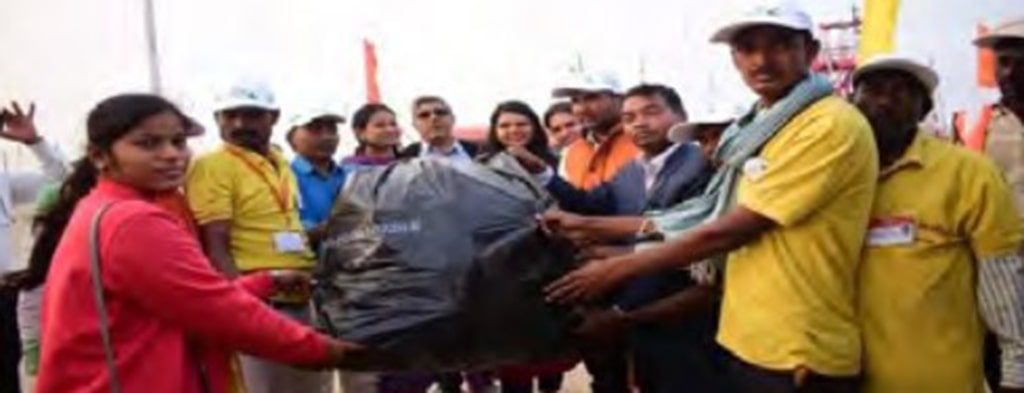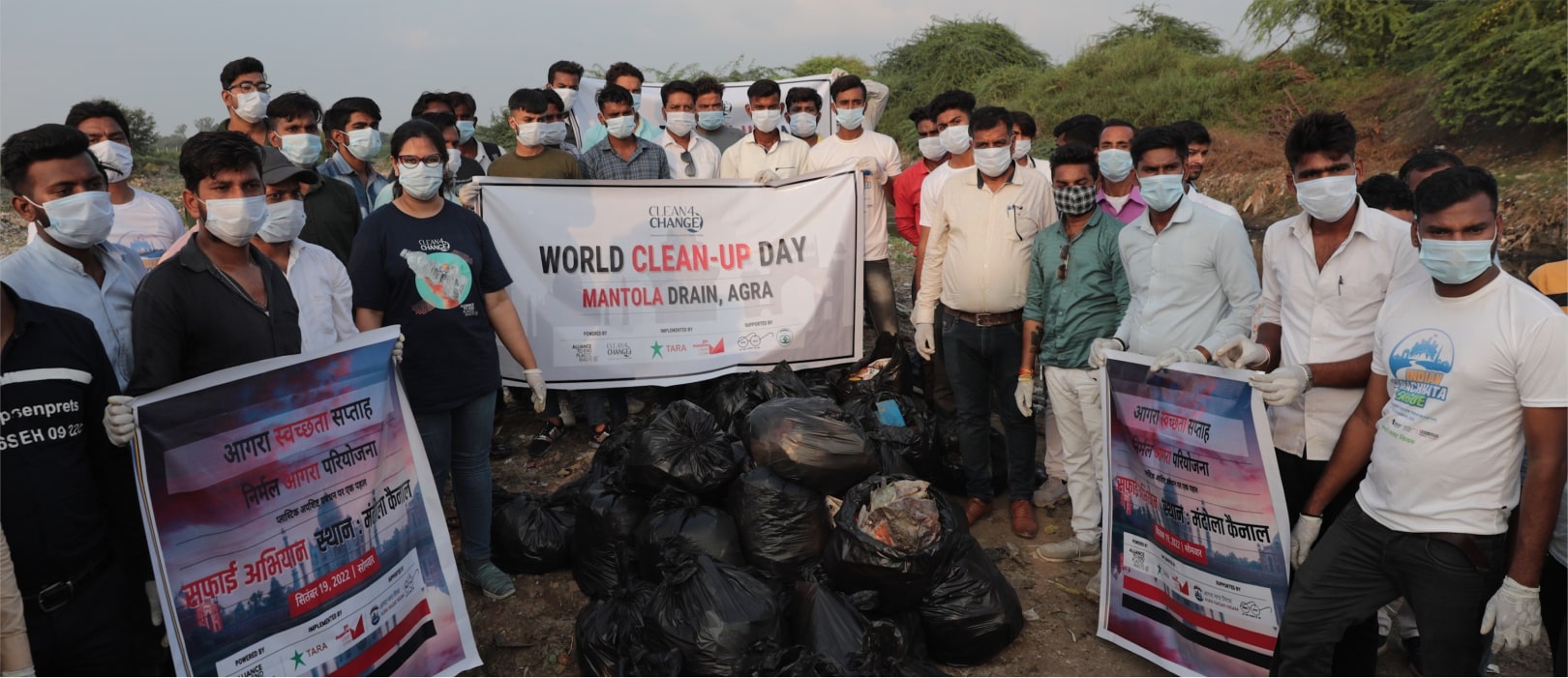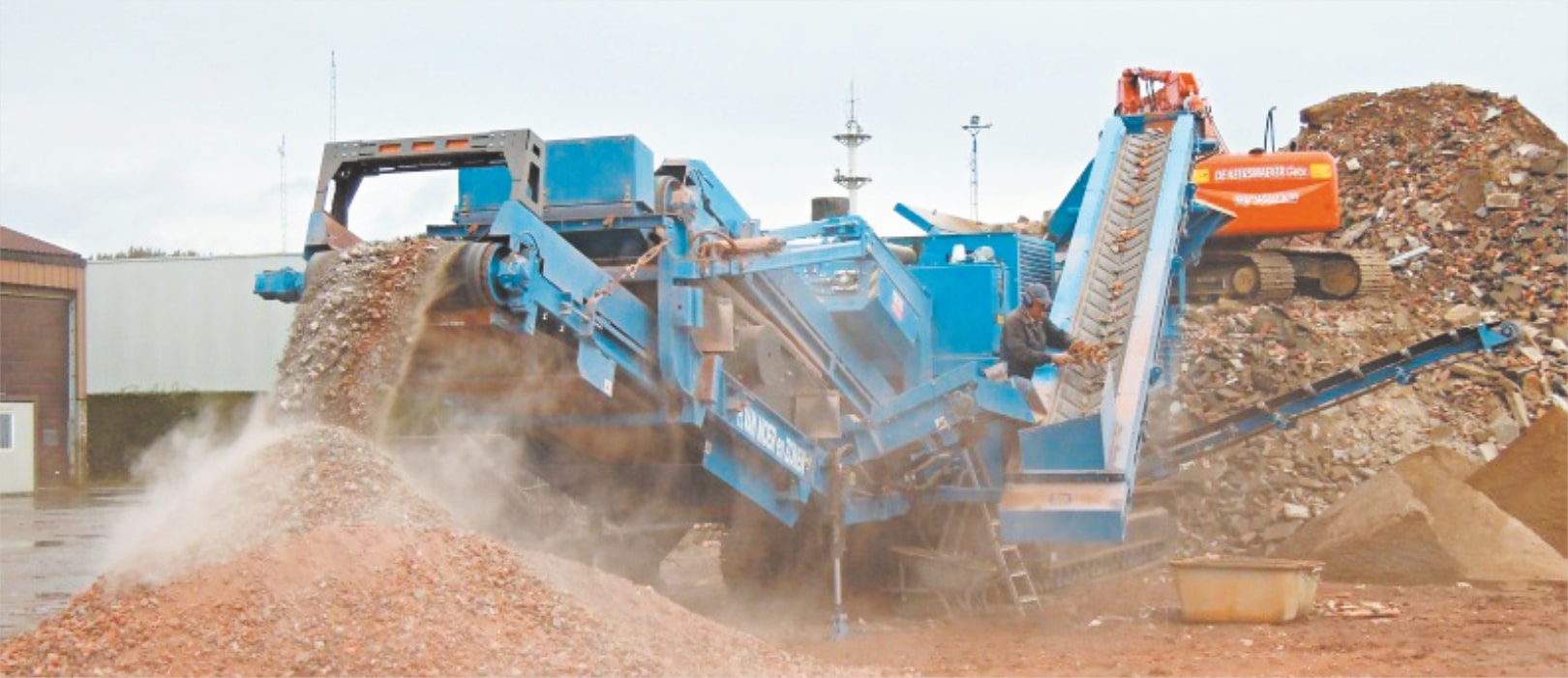

The project aimed at targeting plastic that is going into Ganga, through various awareness campaigns, clean-up drives and capacity building programs in Haridwar and Prayagraj cities of Uttarakhand and Uttar Pradesh respectively. Another distinct feature of the project was conducting a study, to identify the quantity and types of micro-plastic going into the sacred river. Project also focused on building a common platform where different stakeholders can join hands to discuss, disseminate and initiate measures to remove plastic from the river. Some of the objectives were:
• Identifying the sources and pathways of major plastic leakage
• Fostering local partnerships for leakage reduction
• Generating data and information on marine plastic pollution
• Implementing necessary actions

An Integrated Waste Management initiative, Nirmal Agra Project aims to set up new waste collection infrastructure, augment existing waste collection infrastructure, improve data capture and reporting, establish, and upgrade existing waste sorting infrastructure, and undertake behavioural change programmes – to address the issue of leakage of plastic waste into the environment in Agra. This project focuses on Investment, Innovation, and Infrastructure to help improve plastic waste collection, transportation, segregation, and processing, with a strong focus on inclusion of the informal sector. A formal MoU has been signed with Agra Nagar Nigam, who is a key stakeholder in the project. This project is being supported by the Alliance to End Plastic Waste Inc. With an improved waste collection system in the city, the annual capacity of waste collected will reach up to 9000 metric tonnes out of which 80–90 percent of the plastic will be recycled. Currently, the project is in its inception phase, where the trial run of vehicles for waste collection from the hotspot area along with trial runs for SLRM centres with 5 TPD capacities are being operationalised.

Development Alternatives has institutionalised several dynamic initiatives in association with Bihar State Pollution Control Board and with the support of Shakti Sustainable Energy Foundation (SSEF) in Bihar to introduce cleaner brick production. Over the last ten years, Development Alternatives has been working to promote greener technologies such as fly ash bricks and to increase the market share of resource-efficient building materials by collectively working with various private and government stakeholders in the state. Fly Ash Bricks have a dual advantage of being a “zero” emission building material technology as waste materials from thermal power plants are utilised, thereby eliminating the extraction of fertile agricultural soil. Job opportunities or the economics of the state are not compromised, as it allows for the growth of the Small and Medium Enterprises (SME) sector. With a single fly ash unit, one can create approximately 8-15 local jobs, ultimately creating employment opportunities for the local population and reducing the migration rate.
During the 2012-2023 tenure, the market share of Fly Ash Brick industries has grown from 0 to 6.7% of the whole brick industry. From only one Fly Ash Brick enterprise in 2006, currently, there are more than 510 enterprises spread across Bihar’s geography. Looking at the prevailing market trends and continued systemic interventions, there is a potential to produce 13 billion Fly Ash Bricks which would be at least 50% of the total bricks in the industry if 100% unutilised Fly Ash is used in brick manufacturing.

Utilising C&D waste as a building material reduces adverse environmental impacts such as air pollution, land pollution, and water contamination. By minimising the landfill area, it reduces the contamination of both surface and groundwater. In one of our projects, coarse C&D waste is utilised to manufacture concrete products like paver blocks and tiles, while fine C&D waste is used to make concrete roof tiles. Utilising C&D waste to manufacture a variety of products aids in the establishment of new businesses that generate employment. Additionally, it eliminates harmful gas emissions and conserves natural resources.